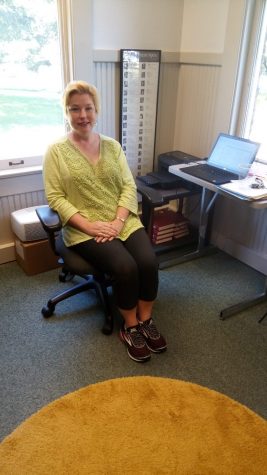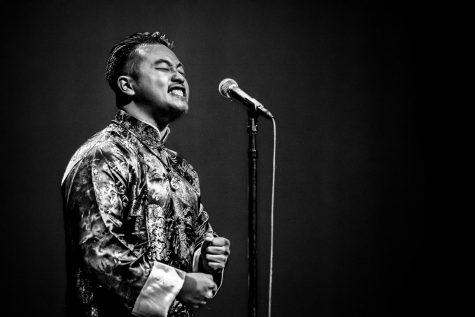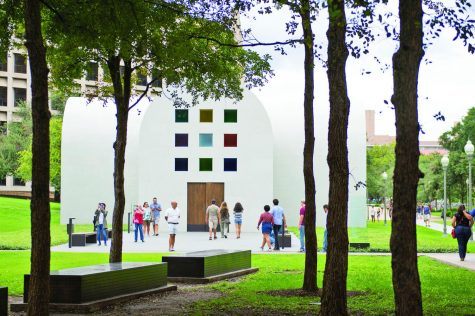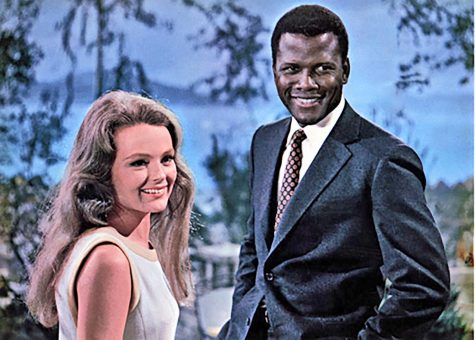Feldenkrais sessions help relieve stress
Assistant Professor Sheila Gordon is offering free workshops in the Feldenkrais method as a way for students and members of the community to relieve stress and become aware of their bodies.
The Feldenkrais method is a system of breathing and movement techniques that can be used to improve posture as well as deal with stress and pain.
Many people wonder if the Feldenkrais method is similar to yoga, and Gordon said while there are similarities in the practices, the end goal of Feldenkrais is different.
“[In Feldenkrais] there’s this kind of holistic approach to a body-mind movement lesson,” Gordon said. “It’s different [from yoga] because, rather than focusing on stretching or strengthening muscle, Feldenkrais is really concerned with creating an even, equal distribution of muscular effort.”
Gordon began studying Feldenkrais after she suffered back pain during college. At the time Moshe Feldenkrais, the method’s inventor, was still alive and Gordon learned the practice from his protégé, Anat Baniel, in New York. Baniel went on to become one of the foremost experts on the Feldenkrais method in the world, and uses it to treat children with movement disabilities and palsy, among other disorders.
“I had heard about [the Feldenkrais method] from friends who had done sessions, and that it could be helpful [for my back],” Gordon said. “And it really influenced me profoundly—not just on a physical or personal level, but also through a way of teaching and learning that had to do with how one thinks about movement.”
When he designed the practice, Feldenkrais was looking to alleviate pain and disabilities relating to his own knee injury. His background in physics and a black belt in judo aided his study in how humans learn and move through gravitational force. Feldenkrais studied the movement of babies and toddlers to discover how they learn to mobilize, and applied these motions as a way to teach adults how to move in healthy ways.
“He observed that, as adults, we lose that awareness and ability to properly use our bodies,” Gordon said.
In 2004, Gordon trained under Baniel and earned her certification in the Feldenkrais method. Gordon is also a certified Pilates instructor.
Gordon wanted to use the methods to explore their use in forms of creative expression such as acting and dancing.
However, through her study and practice, Gordon became aware of the other applications for the Feldenkrais method in science and health.
“[The practice] opened my eyes to a completely new world,” Gordon said. “I went into it to utilize it for creativity, and I started getting calls from parents who were told by doctors that their children would never walk. I started working with these kids, and frequently they benefited from the lessons and were able to do things they were told were impossible.”Gordon’s workshop classes at St. Edward’s University teach students the principles and motions behind the Feldenkrais method. When the class begins, Gordon asks students to take a walk around the room so they become aware of their skeletons and how they move through space.
“[Feldenkrais] said that in order to make change in one’s self you have to be aware of what you are currently doing,” Gordon said. “This includes the way we walk, how we sit, stand and breathe.”
After the walk, Gordon instructs students in a series of initial movements on a mat on the floor.
Gordon said the principles of the movements are to move slowly and to stop if it causes pain.
“If something causes you pain, imagine yourself doing it without the pain and continue using a smaller range of motion,” Gordon said.
The motions are fluid and never repetitive. Unlike yoga, students are not asked to hold a position for a certain amount of time or to do repetitions. No two sessions are the same. “They’re not movements people do every day, and a lot of them are movements that you haven’t done since you were a baby,” Gordon said.
Over the course of the class, Gordon said the movements become easier.
“You start to incorporate your whole body and learn to move from your spine. Your body starts to feel very free and light,” Gordon said.
At the end of the session, Gordon asks students to take another walk, and note the ways their bodies feel different from the beginning of the session.
“Everything in the method is related to functional movement,” Gordon said. “It helps people in many aspects of their lives, even speaking.”
While the classes are free to the community, donations are accepted. The donations go directly to U.R. Our Hope, a foundation dedicated to helping children with motion disorders or otherwise undiagnosed diseases.
Gordon got involved with the organization about a year ago, after a family that she helped through her practice invited her to a fund raiser.
“My heart really goes out to these kids, and I want to raise awareness of the organization,” Gordon said.
Gordon hopes to be able to have another series of workshop classes like this in the future.”I’ve been talking with [St. Edward’s] about offering a course in Feldenkrais, but I really just enjoy offering the free workshops,” Gordon said. “Workshops are a good learning environment because people come because they want to be there. You can learn at your own pace.”
The last installation of the classes will take place Friday April 23 at 4:30 p.m. in Room 141 in the Fine Arts Building.





